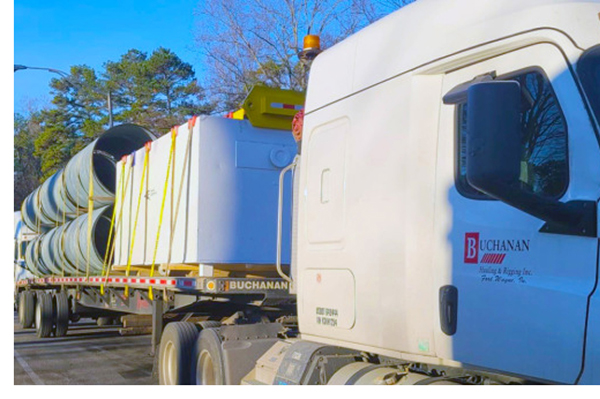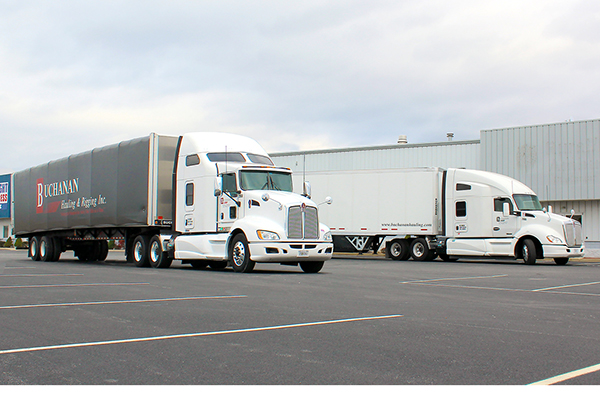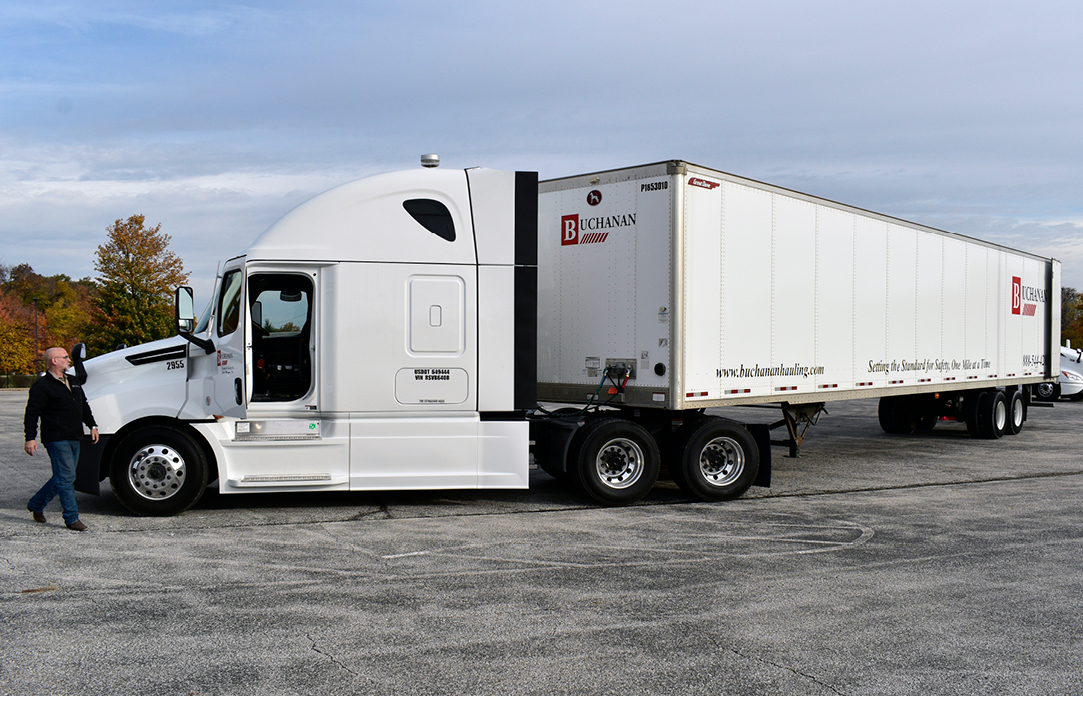How Hybrid Carrier-Broker Models Deliver Stability, Scalability, and a Strategic Advantage in Modern Logistics

In today’s fast-moving supply chain world, shippers need reliability, flexibility, and visibility. Working with a transportation partner that is both an asset-based motor carrier and a licensed freight broker offers a strategic advantage. This hybrid model blends the stability of owned equipment with the scalability of third-party networks — a powerful combination for businesses seeking consistent, cost-effective logistics solutions.
What Does “Asset-Based with Brokerage” Mean?
- Asset-Based Motor Carrier: Owns and operates its own fleet of trucks, trailers, and often warehouses. These carriers provide direct control over service and reliability.
- Freight Brokerage: Coordinates freight by leveraging relationships with third-party carriers. Brokers add capacity, route options, and flexibility, especially during volume surges or seasonal spikes.
When these two models coexist under one roof, the shipper gets the best of both worlds.

Key Benefits of Working with a Hybrid Carrier-Broker
-
Capacity Stability with Flexibility
An asset-based carrier offers guaranteed capacity with its own fleet. When volume exceeds in-house capacity, the brokerage arm can supplement with vetted partner carriers — preventing delays and service disruptions. -
Cost Optimization
A carrier-broker can source multiple rates — from internal fleets and partner carriers — ensuring competitive pricing. Shippers can match the right mode or carrier with the shipment, balancing speed and cost. -
Greater Accountability
Unlike a pure broker, an asset-based carrier has skin in the game — with branded equipment and company drivers. This accountability extends to brokered shipments too, since the reputation of the carrier is on the line regardless of who moves the load. -
Streamlined Communication
With one point of contact for both direct and brokered loads, communication is simpler. There’s no need to coordinate between multiple vendors or troubleshoot with different dispatchers. -
Risk Management & Compliance
Established asset-based carriers often have higher safety standards, insurance coverage, and DOT compliance. When acting as brokers, they usually apply those same standards to their partner carriers, mitigating risk for shippers.
Guidelines for Working with a Hybrid Carrier-Broker

To make the most of this model, consider these best practices:
-
Verify Proper Licensing
Ensure the company holds:- A motor carrier (MC) number for asset operations
- A broker authority (also under an MC number) for third-party freight
-
Ask About Carrier Vetting Practices
A reputable broker will screen carriers for:- Valid insurance and authority
- Safety history
- Performance track record
-
Request Visibility Tools
Look for a partner that offers real-time tracking, digital PODs, and centralized reporting — regardless of whether a load is hauled by their truck or a partner carrier. -
Clarify Billing and Contracts
Understand if pricing varies between asset and brokered moves. Transparency is key. Ask for consolidated invoicing and clear delineation of who’s responsible for each leg of a shipment. -
Build a Strategic Relationship
Don’t treat them like a vendor — treat them like a logistics partner. The more they know about your freight patterns, the more efficiently they can optimize routing, equipment usage, and carrier selection.
Final Thoughts
Partnering with an asset-based carrier that also provides brokerage services is like having a full-service logistics provider in your corner. You get reliability when you need it most, with the added agility to scale as your business grows. Just ensure you’re working with a reputable partner that values safety, transparency, and long-term relationships.

Resources
Check out our company overview ebrochures:


